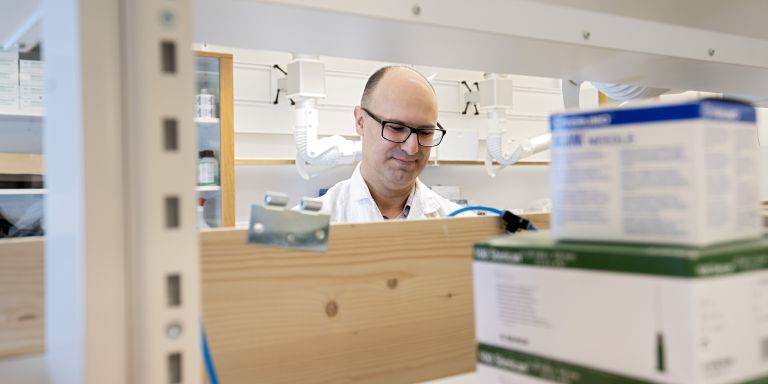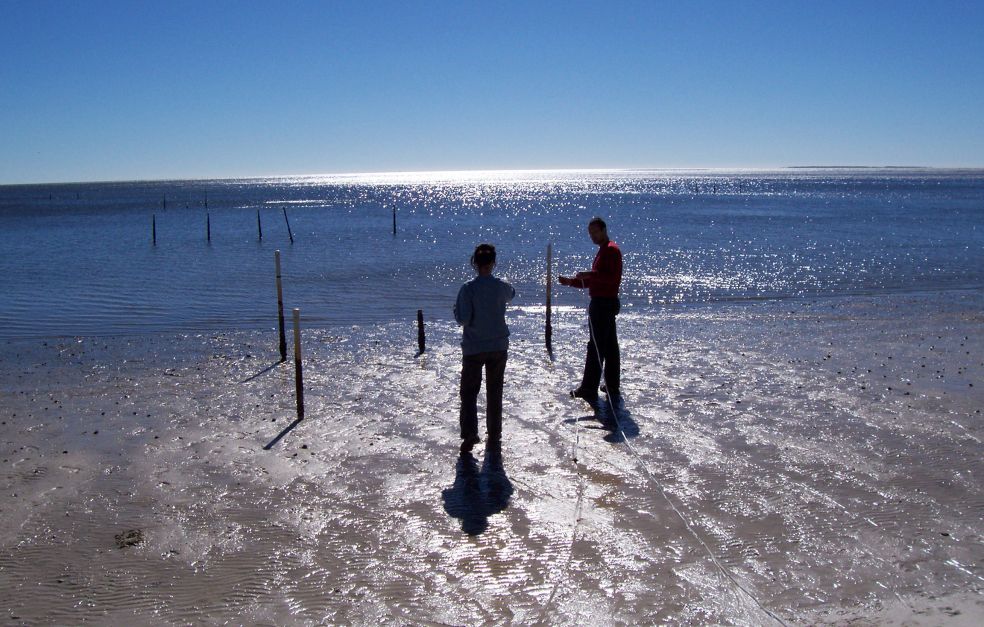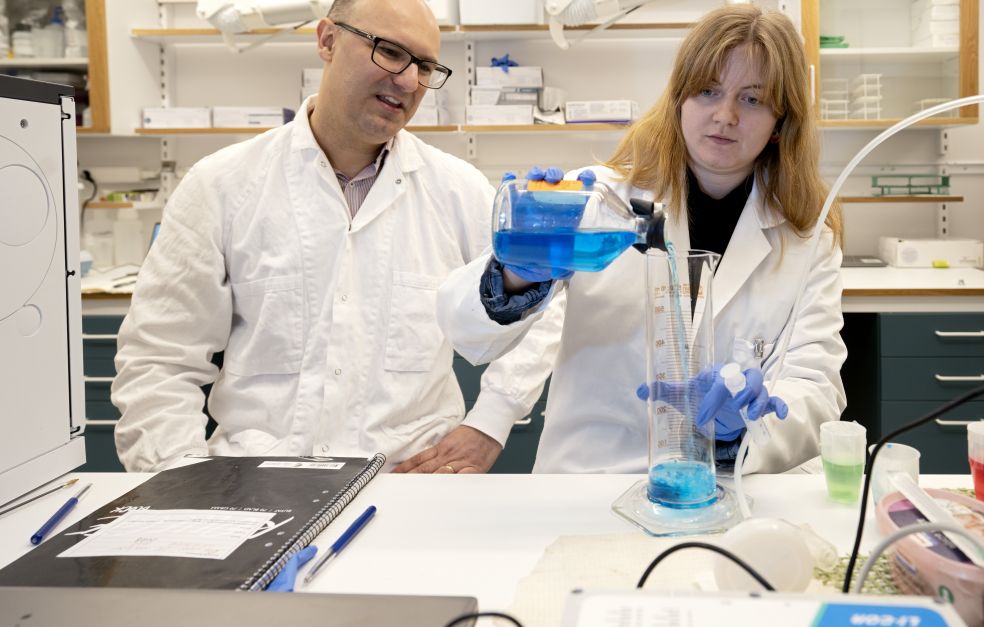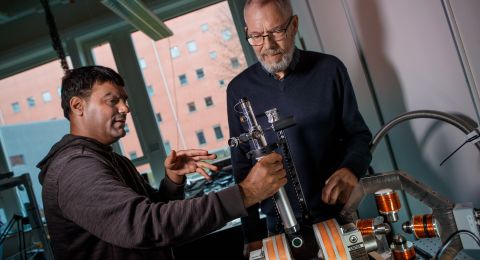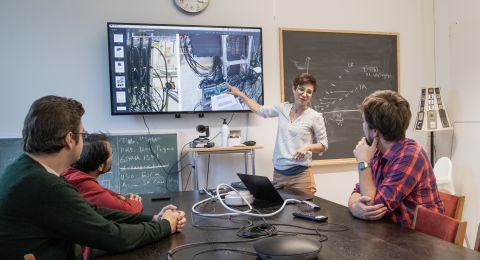
Project Grant 2022
Unraveling the legacy of historical, emerging, and future groundwater pollution
Principal investigator:
Professor Isaac Santos
Co-investigators:
University of Gothenburg
Stefano Bonaglia
Stockholm University
Georgia Destouni
Zahra Kalantari
Institution:
University of Gothenburg
Grant in SEK:
SEK 30.2 million over five years
It is a slow process; it can take decades before the effects are noticed. Nitrogen, phosphorus and other chemicals gradually reach the soil, and then slowly seep down through it, before eventually entering the groundwater. Many years later there is a risk that these pollutants will reach coastal groundwater reservoirs, from where they can enter the sea.
“The knowledge that lakes and rivers are interlinked with groundwater has led to the introduction of laws and measures to protect our groundwater-dependent ecosystems. But coastal waters are also connected to the groundwater. Unfortunately, polluted groundwater entering the sea is difficult to study, and is often overlooked in environmental calculations. More knowledge is therefore needed,” says Isaac Santos, professor of marine chemistry at the University of Gothenburg.
Santos has devoted innumerable hours of research to the study of groundwater emissions along coasts throughout the world. In 2021 he led an international study that showed groundwater in many places to be the main source of nitrogen and phosphorus entering seas. He is now heading a new, wide-ranging project, funded by Knut and Alice Wallenberg Foundation, addressing groundwater emissions throughout the Baltic Sea region.
Greater impact than thought
The goal is to gain a better idea of the magnitude of Baltic Sea pollution via groundwater: what is discharged, where and how much. The researchers will also be assessing future emission sources and the time taken for emissions to soil to reach coastal groundwater.
“A lot of money and effort is being expended on saving the Baltic Sea. But to do so we may also have to save our groundwater. Groundwater emissions can cause a long-term impact on our coastal marine environment. This is not something that can be remedied with a quick fix. We hope the project will increase awareness of how land and ocean are connected,” says Santos.
He points out that management of coastal water quality focuses on the pathways taken by pollutants from rivers and watercourses to the Baltic and other seas.
“Although numerous measures have been taken to improve river water, the Baltic Sea health is improving very slowly. We think that groundwater has a major impact on seawater pollution,” he says.
Implications for marine ecosystems
The project entails taking samples from numerous sites along the entire Baltic Sea coast, from Stockholm, Luleå and Helsinki to Riga and Gdansk. The researchers will be looking for emissions of nitrogen and phosphorus, and will be also ascertaining whether the seawater contains residues of some fifty or so chemicals, including those found in medicines and pesticides. These pollutants have entered the environment via agriculture and sewage. When they reach coastal waters they can have major and long-term impacts on marine ecosystems.
“Too much nitrogen and phosphorus poison the seas, increasing algal biomass and threatening biodiversity. Chemicals also have a serious negative impact on algae and fish, one effect being that fish can no longer reproduce,” Santos explains.
"These are consequences that our children and grandchildren will have to live with. We call it ’legacy pollution’, whose effects are not noticed until far in the future. Groundwater emissions are a slow and constant process. But better knowledge about them may also enable us to act, and to better plan the initiatives that are possible.”
Globally important research
Studying groundwater emissions that are invisible to the eye is both difficult and time-consuming. Groundwater seeps into the sea drop by drop, here and there, for example via sand and rock crevices along the coast. To identify groundwater in the sea the researchers are seeking a chemical composition that is unique to groundwater. This work is made more difficult, however, by the fact that the composition is much less concentrated once it has reached the sea.
“Extensive resources are needed to carry out this research at scale, and this project enables us to do just that. We can now examine most of the Baltic Sea coastline, which means we can move our research from a local to an international level. Hopefully our findings will be of international importance.”
The study is the largest project in Sweden that Santos has undertaken, involving some fifty researchers in the Baltic region and the U.S. Thanks to the Foundation grant, the researchers can also recruit PhD students and postdocs to be trained in a large collaborative environment.
“It’s enormously stimulating to work with a team of this kind, and to be able to engage the next generation of researchers in such an important field. The scale of the project requires a synergistic community effort. There are not many other opportunities to perform large experiments like this in Sweden,” he says.
Text Ulrika Ernström
Translation Maxwell Arding
Photo Johan Wingborg
